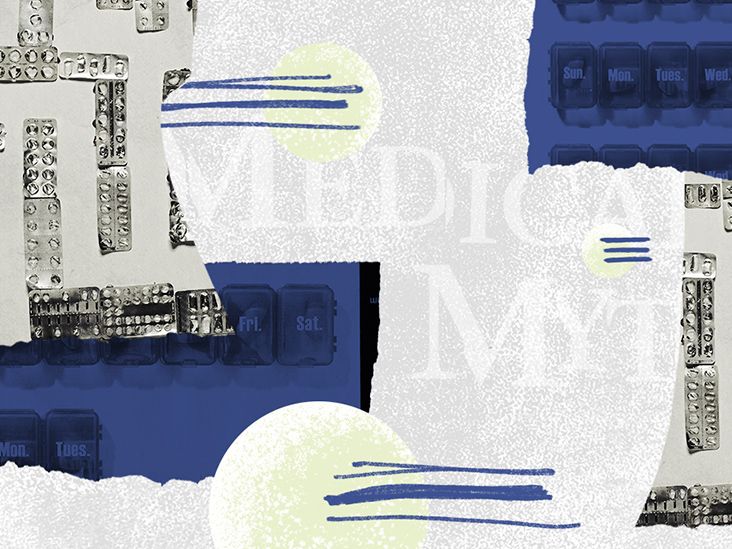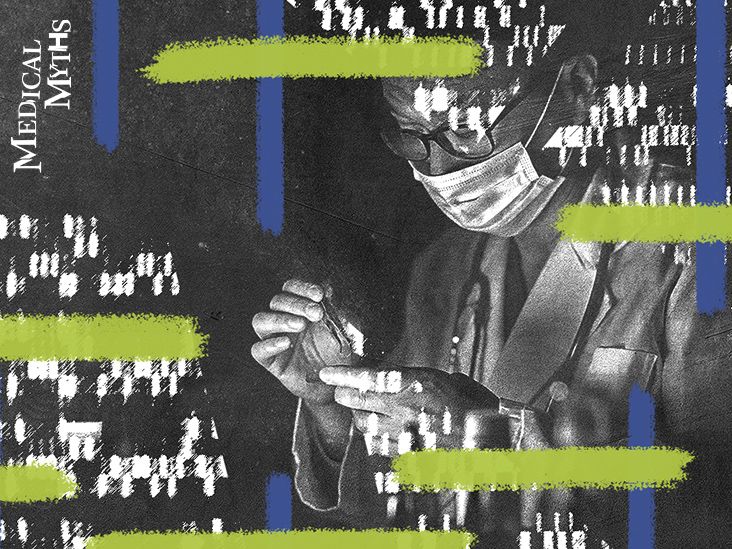
According to the
In 2019, stroke was the
There are
The second is a hemorrhagic stroke, caused by a rupture in an artery in the brain, which in turn damages surrounding tissues.
The third type of stroke is a
While stroke is very common, it is often misunderstood. To help us dispel myths on the topic and improve our understanding, we got in touch with Dr. Rafael Alexander Ortiz, chief of Neuro-Endovascular Surgery and Interventional Neuro-Radiology at Lenox Hill Hospital.
Although stroke risk is linked to
“Some people think that stroke is a problem of the heart,” Dr. Ortiz told MNT. “That is incorrect. A stroke is a problem of the brain, caused by the blockage or rupture of arteries or veins in the brain, and not the heart.”
Some people confuse stroke with a
“The most common risk factors [for stroke] include hypertension, smoking, high cholesterol, obesity, diabetes, trauma to the head or neck, and cardiac arrhythmias,” said Dr. Ortiz.
Many of these risk factors can be
Other
Single-gene disorders such as sickle cell disease increase a person’s risk for stroke.
As families are likely to share environments and lifestyles, unhealthy lifestyle factors are likely to increase stroke risk among family members, especially when coupled with genetic risk factors.
The most common symptoms for stroke form the acronym “
- F: face dropping, when one side of the face becomes numb and produces an uneven “smile”
- A: arm weakness, when one arm becomes weak or numb and, when raised, drifts slowly downward
- S: speech difficulty, or slurred speech
- T: time to call 911
Other
- numbness or weakness in the face, arm, leg, or one side of the body
- confusion and trouble speaking or understanding speech
- difficulty seeing in one or both eyes
- difficulty walking, including dizziness, loss of balance and coordination
- severe headaches without a known cause
“There is an incorrect belief that strokes are irreversible and can’t be treated,” explained Dr. Ortiz.
“Emergency treatment of a stroke with injection of a clot busting drug, minimally invasive mechanical thrombectomy for clot removal, or surgery can reverse the symptoms of a stroke in many patients, especially if they arrive to the hospital early enough for the therapy (within minutes or hours since the onset of the symptoms),” he noted.
“The longer the symptoms last, the lower the likelihood of a good outcome. Therefore, it is critical that at the onset of stroke symptoms — ie. trouble speaking, double vision, paralysis or numbness, etc — an ambulance should be called (911) for transport to the nearest hospital,” he continued.
Age is a significant risk factor for stroke. Stroke risk
One
A
The researchers noted that stroke risk factors including hypertension, diabetes, obesity, lipid disorders, and tobacco use were among the most common co-existing conditions among this age group.
Not all strokes have symptoms, and some research suggests that symptom-free strokes are far more common than those with symptoms.
One
Often, silent strokes are identified when patients receive MRI scans for symptoms including headaches, cognitive issues, and dizziness.
Although they occur without symptoms, they should be treated similarly to strokes with symptoms. Silent strokes put people at risk of future
“The term ministroke has been used incorrectly as some think that it is related to small strokes that carry low risk,” said Dr. Ortiz. “That statement is incorrect, as a ministroke is a transient ischemic attack (TIA).”
“It is not a small stroke, but a premonition that a large stroke can occur. Any symptom of acute stroke, transient or persistent, needs emergency workup and management to prevent a devastating large stroke,” he added.
Stroke is a leading cause of long-term disability, but not everyone who has a stroke will experience paralysis or weakness.
However, the long-term
If the stroke occurs in
- paralysis on the right side of the body
- speech and language problems
- slow and cautious behavior
- memory loss.
If it affects
- vision problems
- quick and inquisitive behavior
- memory loss.
Recovery from stroke can take months, if not years. However, many may not fully recover. The
- 10% will make an almost complete recovery
- another 10% will require care in a nursing home or another long-term facility
- 25% will recover with minor impairments
- 40% will experience moderate to severe impairments
Beyond this window, and beyond the 6-month mark, improvements are still possible although are likely to be significantly slower.



